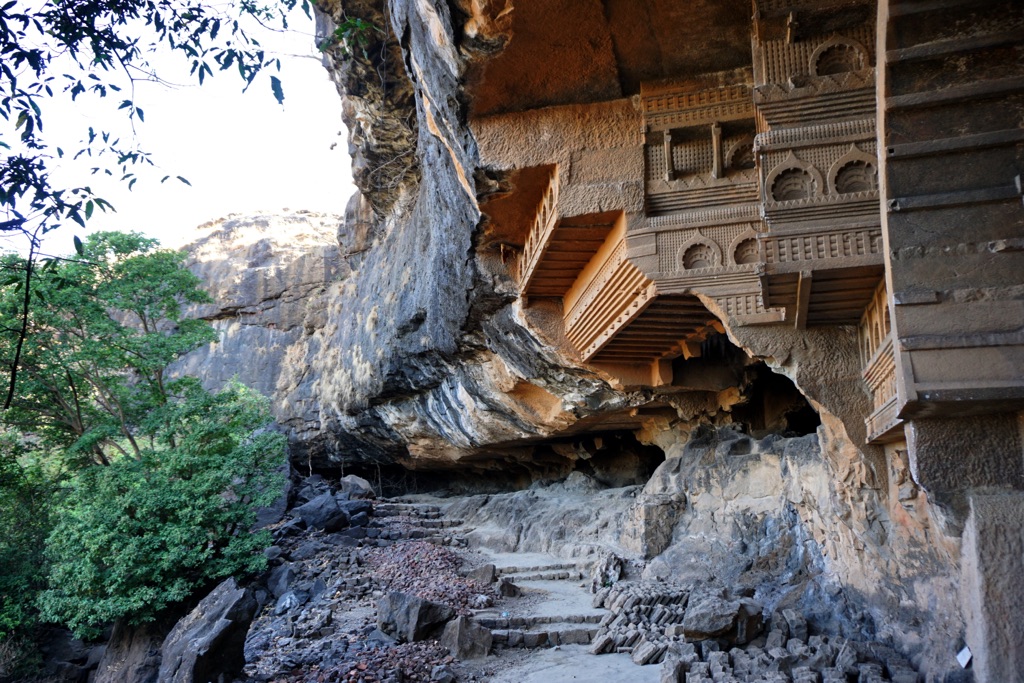The Kondana Caves are a group of ancient Buddhist caves located in the Raigad district of Maharashtra, India. Carved into the basalt rock, they are an example of early Buddhist architecture and art. These caves offer a glimpse into the lives of the Buddhist monks who lived here over two millennia ago. The caves are renowned for their beautiful carvings, stupas, and chaityas, reflecting the rich cultural heritage of ancient India.
Get your dose of History via Email
Historical Background of Kondana Caves
The Kondana Caves were discovered in the early 19th century by British officers in India. They date back to the 1st century BC, a period rich in Buddhist activity in the region. The caves were carved by Buddhist monks and served as a monastic complex. Over the centuries, the caves have witnessed various historical events, including the rise and fall of empires. They were later inhabited by local tribes and played a role in the Maratha Empire, with the nearby fort of Rajmachi being historically significant.
Historians believe that the caves were built during the Satavahana dynasty. This period saw a flourishing of trade, culture, and religion. The caves were part of a network of trade routes connecting the port cities with the hinterlands. The Satavahanas were known for their patronage of Buddhism, and the Kondana Caves are a testament to their support.
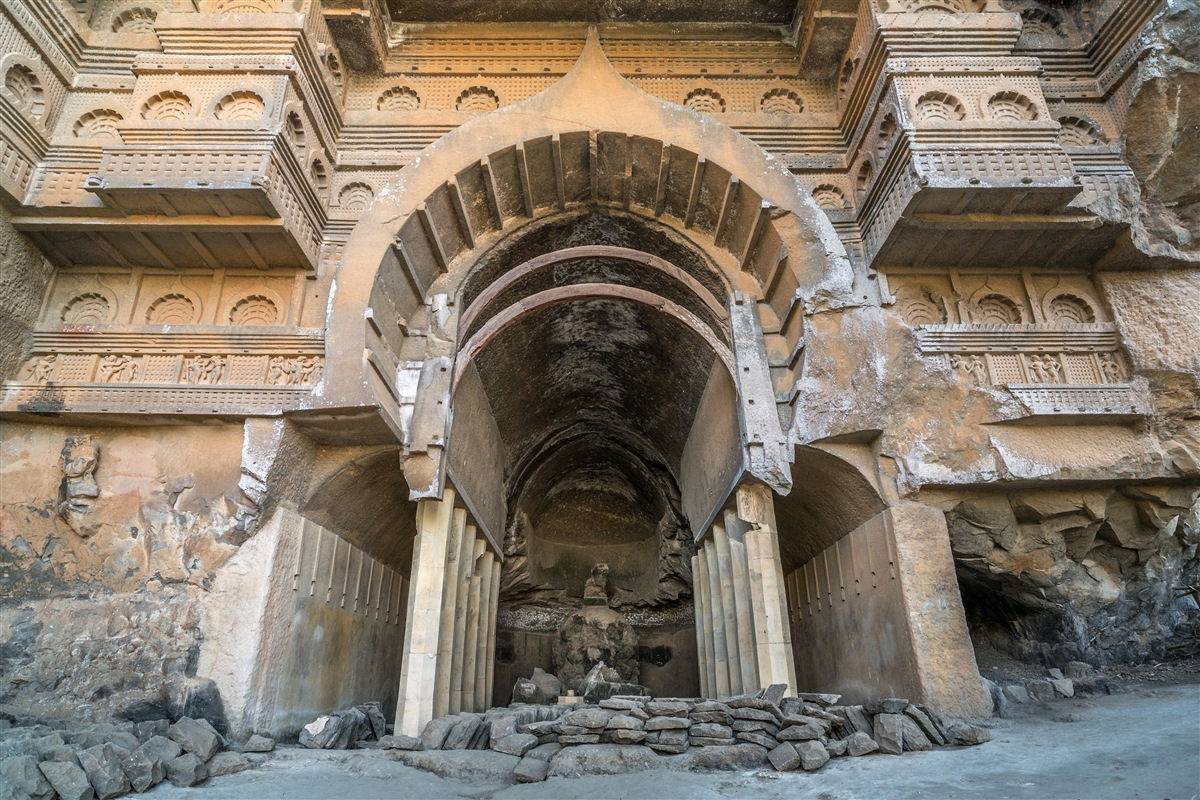
Throughout history, the caves have seen various inhabitants and uses. They provided shelter for monks during the monsoon season and served as a place for study and meditation. The caves have also been a site of pilgrimage for Buddhists. In later years, they fell into disuse and were largely forgotten until their rediscovery.
The Kondana Caves are not just a historical site but also a symbol of the region’s past. They have survived invasions, weathering, and the passage of time. The caves have become a source of pride for locals and a point of interest for historians and archaeologists alike.
Despite their historical importance, the caves are not as well-known as other Buddhist sites in India. However, they offer valuable insights into the early development of Buddhist architecture and monastic life. The caves continue to be a subject of study, with ongoing efforts to preserve and understand their history.
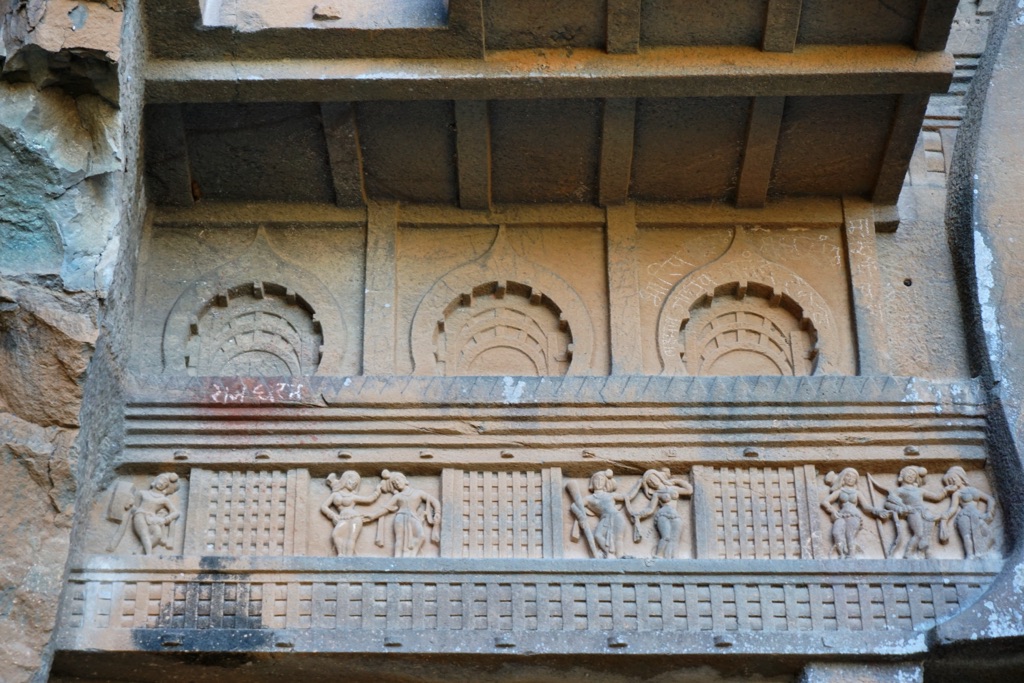
About Kondana Caves
The Kondana Caves consist of a group of 16 caves, each serving a specific purpose. The main cave features a large chaitya, or prayer hall, with an intricately carved stupa at its end. The caves are adorned with sculptures and carvings of Buddhist deities and motifs. The rock-cut architecture showcases the skill and artistry of the ancient craftsmen.
The caves were hewn from the basalt rock, using simple tools like chisels and hammers. This technique was common in ancient India and required precise planning and execution. The builders of the Kondana Caves paid great attention to detail, as seen in the decorative patterns and the alignment of the caves.
One of the architectural highlights of the Kondana Caves is the use of natural light. The cave entrances were strategically placed to allow sunlight to illuminate the interiors. This not only served a practical purpose but also enhanced the spiritual ambiance of the caves.
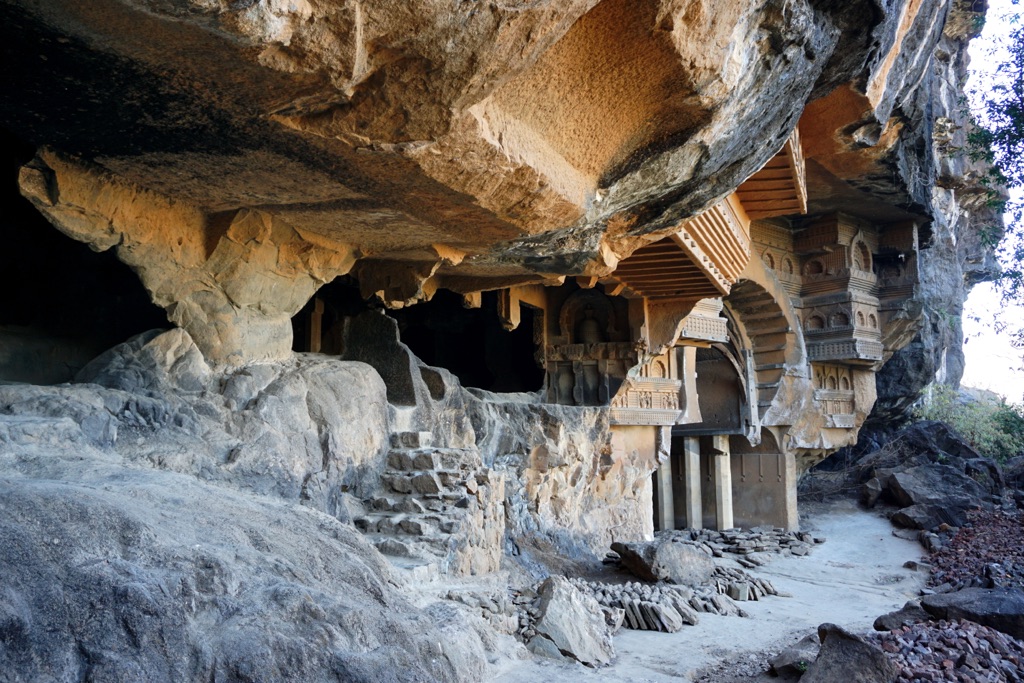
The building materials for the caves were sourced locally. The basalt rock provided a sturdy medium for the carvings and has helped preserve the caves over the centuries. The natural durability of the rock has protected the caves from the elements, although some damage has occurred due to natural erosion and human activity.
Despite the wear and tear, the Kondana Caves remain a remarkable example of ancient engineering and religious art. They stand as a silent witness to the ingenuity of their creators and the enduring legacy of Buddhism in India.
Theories and Interpretations
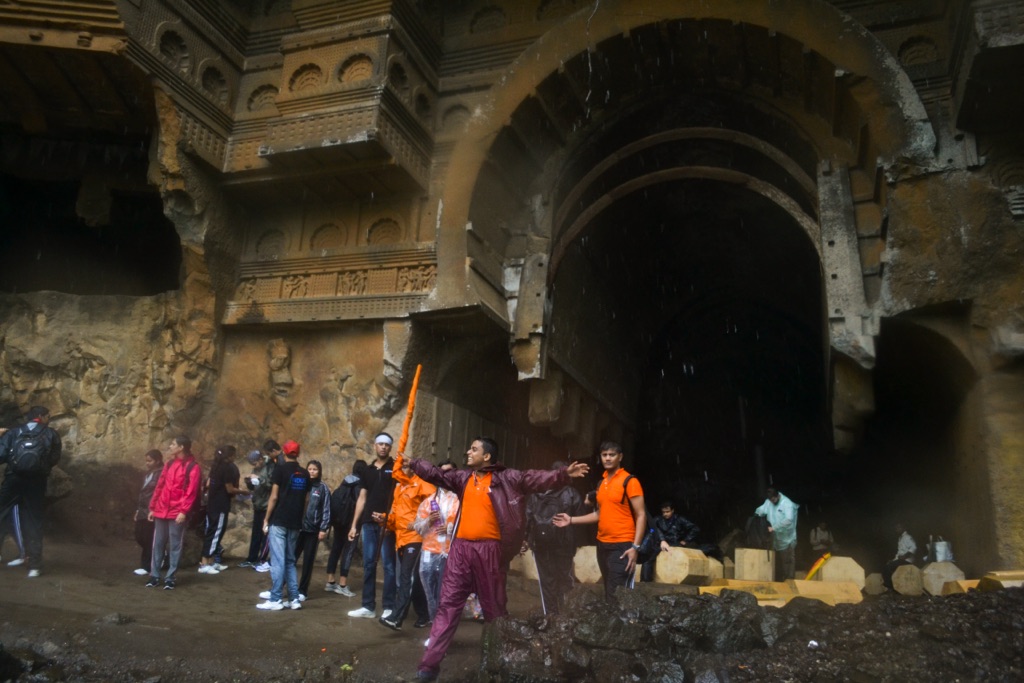
There are mysteries surrounding the caves, such as the exact rituals performed here. Some carvings and inscriptions provide clues, but much is left to interpretation. Historians match these findings with ancient texts to gain a better understanding of the caves’ use.
Dating the caves has been a challenge. Archaeologists have used stylistic analysis of the carvings and inscriptions to estimate their age. The consensus places the caves in the 1st century BC, during the Satavahana dynasty.
Theories about the decline of the Kondana Caves abound. Some suggest that changes in trade routes led to a decrease in patronage. Others believe that the rise of Hindu dynasties and the decline of Buddhism in the region contributed to their abandonment.
Despite these theories, the Kondana Caves remain a fascinating puzzle. Each discovery adds a piece to the story, helping to illuminate the lives of the ancient people who created and used these remarkable structures.
At a glance
Country: India
Civilization: Satavahana Dynasty
Age: 1st century BC
Conclusion and Sources
Reputable sources used in the creation of this article include:
- Wikipedia: https://en.wikipedia.org/wiki/Kondana_Caves

